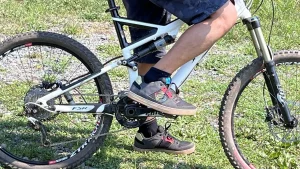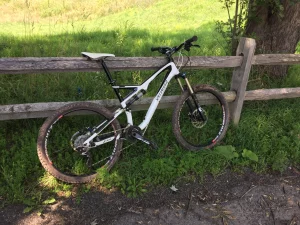Deadlift Warmup Exercises

Deadlifts are quickly becoming popular for their efficiency in practical strength building and the speed with which most deadlifters can increase muscle mass and enhance functional strength. But warming up is an area many weight lifters still don’t fully grasp.
Let’s explore the Pedal My Way guide to deadlift warm ups.
Table of Contents
Introduction
The deadlift is considered one of the most effective strength-building movements. It strengthens the back, the legs, the shoulders, the arms, and the core. A strong deadlift performance translates to better overall strength in the gym and everyday life.
Why Warm Up before a Deadlift Session?
Well-researched warm-up techniques ensure an injury-free workout and improve the efficiency of your strength-building.
The deadlift involves a complex compound movement, integrating and including various body parts and muscles. Picking up anything from the ground requires moving your hips, back, shoulders, and arms, not to mention the entire lower body supporting the bend the upper body must make to complete the movement. Adding weight to your deadlifts enhances the strength of each of these body parts. You’ll need to undergo a consistent and varied warm-up to maximize the load capacity for each muscle.
Deadlift Warm-up Exercises
Set routines can reduce that feeling of tightness we experience when deadlifting heavier weights. Warm-up sets recommended by the training professionals include back stretches, quad and hamstring stretches, and shoulder and arm stretches.
Back Stretch:
Straight leg deadlift – do this with a lightweight. This routine stretches the back of your leg from the glutes to the ankles and the lower back. Back stretches should be completed with light weights to loosen these muscles and warm them up for the workout.
Chest to knees seated stretch – hold a bar (or a long PVC pipe) across your shoulder behind your next. Sit at the edge of a bench with your legs firmly on the floor but stretched out in front and sides as far as possible. With your back straight and neck relaxed, slowly bend as low as possible at the hips so your chest is level with your upper thigh. Feel the pull at the back and in the legs. Repeat for 4-5 reps. The chest-to-knee stretch is also an excellent post-workout stretch to loosen the back muscles, especially after squats and deadlifts.

Legs Stretch:
Squats – One of the best lower body workouts, squats help strengthen all leg muscles and glutes. Perform at least ten air squats (with no additional weights). Go to the maximum depth in a slow and steady movement. Keep your back straight and chest high as you squat.
Lunges – To isolate individual legs, perform five sets of lunges on each leg. Go as low as possible to get the maximum stretch you can.
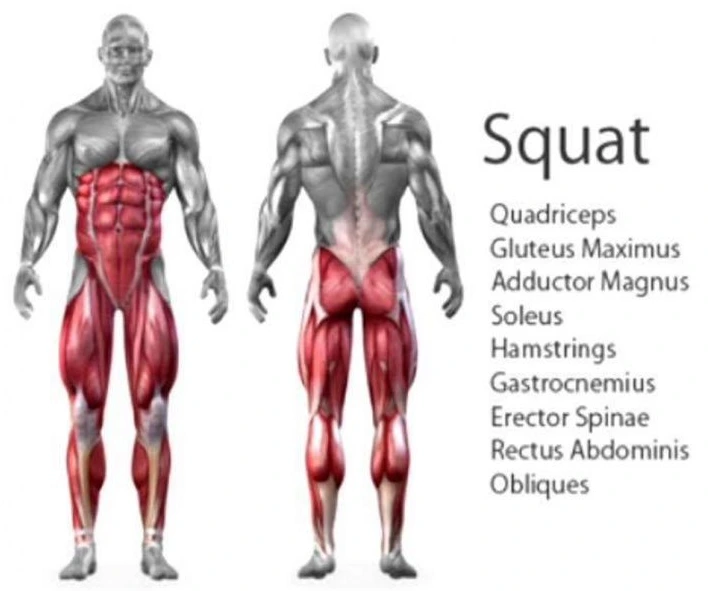
Shoulders and Arms:
Pull-ups – Pull-ups work your upper torso, especially the upper back, shoulders, and arms. The pull-up simulates the pull you perform during a deadlift. Try to do 2-3 sets of 5 reps to warm up the shoulders and arms.

Deadlift Safety Considerations
The deadlift is considered one of the best movements for strength building. It strengthens the back, the legs, the shoulders, the arms, and the core. A strong deadlift performance translates to better overall strength in the gym and everyday life. Taking proper care when warming up before a deadlift session ensures an injury-free workout and adds to your overall strength.
Pains and discomfort during the lift – If you feel pain or discomfort in any part of your body, stop the workout and take a break. If the pain continues, seek help. Do not work through the pain, as it likely indicates an injury.
Watch your weight – Try to be realistic with how much you can lift. If you are starting new, start with lightweight and slowly increase as you build strength. Ego lifting leads to injury and pain. Recognize your limits before beginning your lifting routine.
Common Mistakes Before Deadlifting
Not warming up before a lift – warmup reduces the chances of injury.
Not listening to your body – discomfort is a regular sensation when lifting weights. However, pain must be identified and addressed immediately. Stop the workout when you feel pain. Seek help if serious. Taking these crucial steps in pain management and injury analysis can help minimize long-standing injuries.
Not maintaining Proper Form – Even experienced weight lifters sometimes lose focus and let their form slip, especially when lifting heavy. Proper form ensures a more efficient lift and reduces pain and discomfort.
Benefits of Warming Up for Deadlifters
Warming up before a deadlift workout helps you:
– Identify aches and pains and then address them before you start your workout
– Prepare your muscles and help you achieve a more efficient workout
– Loosen any tight spots to prevent pain and reduce the chances of injury
So now you know a little more about training for the deadlift and how to maximize your deadlift performance. Check out my other workout posts as well.
